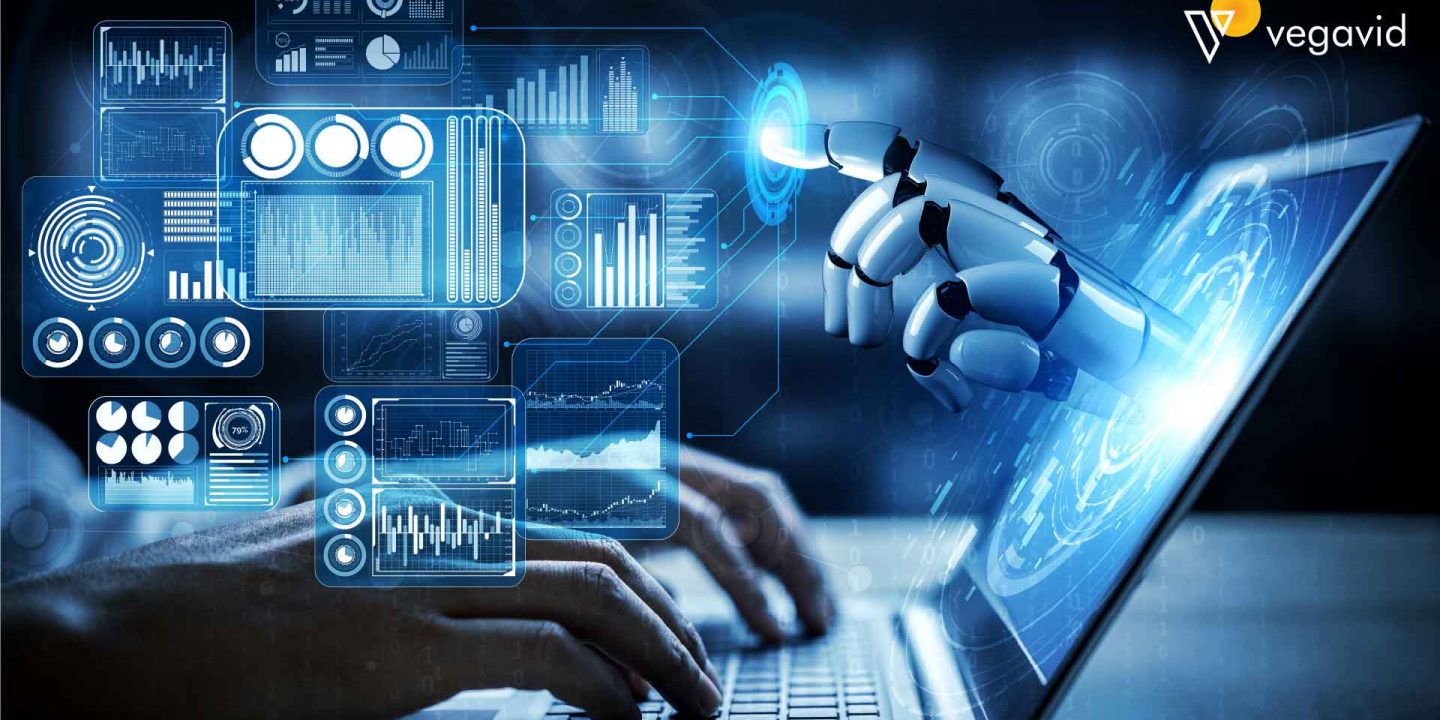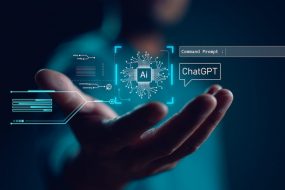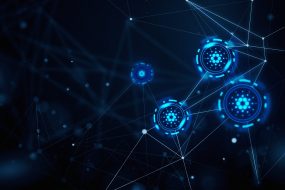
Artificial intelligence (AI) is one of the most fascinating and potentially game-changing technologies of our time. But what exactly is it? And what are its different applications? This blog post will explore the different areas of utility for artificial intelligence. From health care to finance and beyond, AI is being used in various industries to change how we live and work. Read on to learn more about how AI is being used today and what the future may hold for this technology.
What is artificial intelligence?
Artificial intelligence (AI) is a rapidly growing field of computer science that focuses on creating intelligent machines that can reason, learn, and act autonomously. There are many different areas of AI, each with its own unique focus and applications.
Subfields of artificial intelligence
Artificial intelligence has many different subfields with a variety of applications. Some subfields are:
1. Machine learning:
This area of AI is concerned with the development of algorithms that can learn from data and improve their performance over time. Machine learning is used in various tasks, including image recognition, facial recognition, and machine translation.
2. Natural language processing:
This area of AI deals with teaching computers to understand human language. NLP is used in speech recognition, text classification, and question-answering tasks.
3. Robotics:
This area of AI deals with the development of robots that can interact with the physical world. Robotics is used in tasks such as pick-and-place manufacturing, self-driving cars, and search-and-rescue missions.
4. Computer vision:
This area of AI deals with teaching computers to interpret digital images. CV is used in object recognition, face detection, and image segmentation tasks.
What is AI technology?
There are a number of different areas where AI technology can be used to provide benefits. One area is business, where AI can automate tasks, make decisions, and provide recommendations. Another area is healthcare, where AI can be used to diagnose diseases, personalize treatments, and improve patient outcomes. Additionally, AI can be used in education to help students learn and retain information more effectively. Finally, AI can also be used in government and military applications to help with decision-making, resource allocation, and security.
What is machine learning in AI?
Machine learning is a process of teaching computers to make decisions on their own without human intervention. Machine learning aims to make computers smarter and more efficient at completing tasks. Machine learning algorithms automatically improve computer systems’ performance by making them faster, more accurate, and more reliable. The most common type of machine learning algorithm is the supervised learning algorithm. Supervised learning algorithms are used to learn from labeled data, such as images labeled with objects’ names. Unsupervised learning algorithms are used to learn from unlabeled data. These algorithms are used to find patterns in data sets that humans could not find on their own. Clustering is an unsupervised learning algorithm used to group data points together based on similarities. Reinforcement learning algorithms are used to train agents to take actions that will maximize a given reward. These algorithms are often used in video games and robotic applications.
What are the types of artificial intelligence?
Artificial intelligence (AI) technologies are used in a variety of different ways to improve human productivity and quality of life. There are four main types of AI:
- Machine learning: Machine learning algorithms are used to automatically learn and improve from experience without being explicitly programmed.
- Natural language processing: Natural language processing algorithms are used to interpret and understand human language in order to facilitate communication between humans and machines.
- Computer vision: Computer vision algorithms are used to process and interpret digital images in order to enable computers to “see” and identify objects, faces, text, etc.
- Robotics: Robotics technologies are used to create robots that can autonomously carry out tasks that would otherwise be difficult or impossible for humans to do.
What is the use of artificial intelligence?
Artificial intelligence has a number of different uses and applications. One common use is for automated customer service. For example, many companies now use artificial intelligence to power chatbots that can help answer customer questions or resolve issues. Another common use of artificial intelligence is in marketing and sales.
Companies can use AI to personalize ads and content for individual users based on their past behavior. AI can also be used to track user engagement with a piece of content and analyze that data to optimize future content strategy. Overall, artificial intelligence can be used in a number of different ways to improve efficiency and productivity in various areas of business. As technology continues to develop, we can expect even more innovative uses for AI in the future.
What is ai ml and deep learning?
Artificial intelligence has three main areas of utility: machine learning, deep learning, and natural language processing. Machine learning is a method of teaching computers to learn from data without being explicitly programmed. Deep learning is a subset of machine learning that uses algorithms to model high-level abstractions in data. Natural language processing is a field of artificial intelligence that deals with the understanding and manipulation of human language.
What are examples of artificial intelligence?
Artificial intelligence can be used in many different ways, each with its advantages and disadvantages.
One common use for artificial intelligence is data mining. Data mining is the process of extracting valuable information from large data sets. Artificial intelligence can be used to automatically find patterns and trends in data, making it an essential tool for businesses and organizations.
Another use for artificial intelligence is decision support. Decision support systems use artificial intelligence to help humans make better decisions. For example, a decision support system might be used to plan a course of action or to choose the best product from a set of options.
Third use for artificial intelligence is robotics. Robotics is the application of artificial intelligence to create robots that can autonomously perform tasks. Robots are increasingly being used in manufacturing, healthcare, and other industries where they can replace human workers in dangerous or repetitive tasks.
Artificial intelligence also has a number of potential applications in the future, such as self-driving cars and intelligent agents that can interact with humans on our behalf.
What is the future of artificial intelligence?
The future of artificial intelligence is shrouded in potential but fraught with uncertainty. But despite the challenges, there is reason to be optimistic about the future of AI. As machine learning becomes more sophisticated, artificial intelligence will become increasingly capable of completing complex tasks that currently require human intelligence.
This could enable businesses to automate many routine processes, freeing up employees to focus on more creative and strategic work. In addition, AI-powered analytics could help organizations make better decisions by providing insights gleaned from data too unwieldy for humans to process.
AI will also likely play a major role in transforming healthcare, as it has the potential to revolutionize how we diagnose and treat diseases. For example, by analyzing massive amounts of patient data, AI could help doctors identify previously undetectable disease patterns and correlations. This knowledge could then be used to develop more targeted and effective treatments. AI could also be used to create personalized care plans for patients based on their specific needs and health histories.
Ultimately, the future of artificial intelligence will be determined by our choices. We must thoughtfully consider the implications of this powerful technology and ensure that ethical principles guide its development. With careful planning and execution, we can harness the power of AI to create a brighter tomorrow for us all.
What are the applications of artificial intelligence?
There are many potential applications for artificial intelligence (AI). Some of the most promising applications include:
- Healthcare: AI can be used to analyze large amounts of data to identify patterns and trends that could help improve patient outcomes. For example, AI could be used to develop more personalized and effective treatments for cancer or other diseases.
- Finance: AI can be used to automatically identify fraudulent activities such as money laundering or credit card fraud. AI can also be used to make financial predictions, such as stock market predictions.
- Manufacturing: AI can be used in manufacturing processes to improve quality control and safety. For example, AI-enabled robots could be used to inspect products for defects before they are shipped to customers.
- Retail: AI can be used to personalize customer service and recommendations in retail settings. For example, Amazon’s Alexa personal assistant uses machine learning algorithms to provide personalized recommendations to users based on their past purchase history.
- Transportation: AI can be used to improve transportation logistics and safety. For example, self-driving cars use AI technologies such as computer vision and machine learning to navigate safely on roads.
Conclusion
Artificial intelligence is one of computer science’s most fascinating and rapidly-growing fields. With its vast potential for applications in everything from healthcare to autonomous vehicles, it’s no wonder that AI is becoming increasingly commonplace in our lives. We hope this article has given you a better understanding of what AI is and its potential uses. As we move into the future, it will be exciting to see how artificial intelligence continues to evolve and change the world around us.











